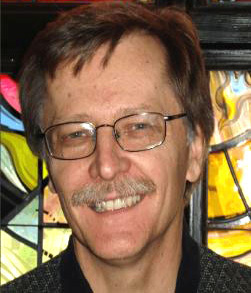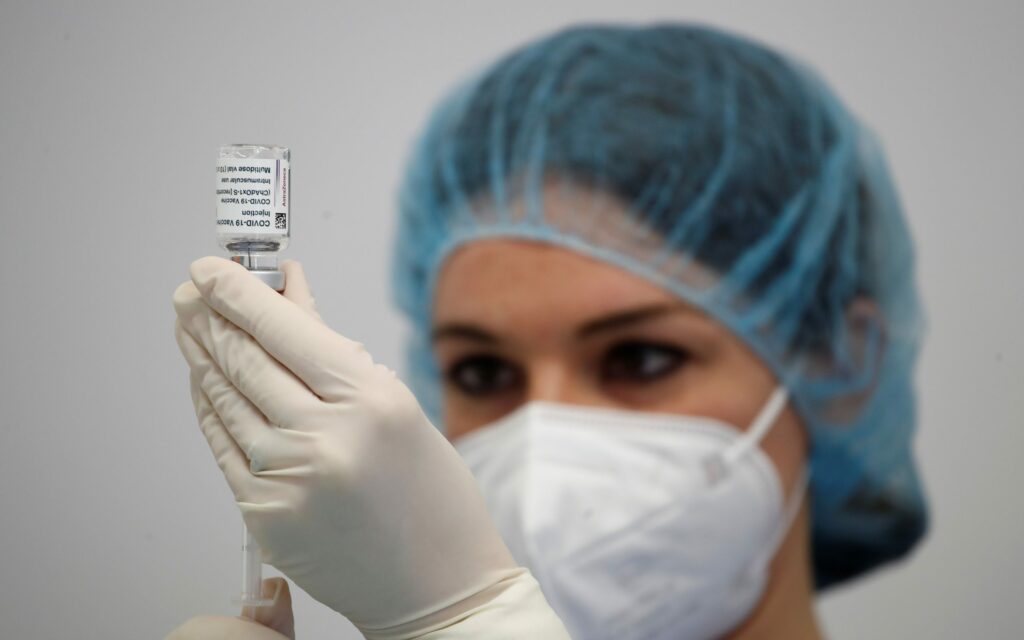In the COVID era, there’s no news like science news — the fastest vaccine development in human history has been news all year.
But public exposure of science has also exposed us to the dangers of half-understood or deliberately manipulated science on social media. Who can forget the Wisconsin pharmacist who deliberately sabotaged vials of COVID-19 vaccine because he believed it would change people’s DNA?
Jesuit astronomer and president of the Vatican Observatory Br. Guy Consolmangno has a plan to help Catholics, or anybody, think more rationally and less politically about science.
“We want to be able to pull it out of the culture wars,” Consolmagno said.
Consolmagno and his team — based in part at the old Vatican observatory in Castel Gandolfo, Italy, and also in Arizona — have used funding from the Templeton Foundation to launch a new website and social media strategy, vaticanobservatory.org. Think of it as the Catholic, good-science site where you can find podcasts, daily articles, graphics, spectacular photos and lesson plans for every grade level.

The need for better public engagement with science could not be more acute, St. Joseph’s College professor of science and religion Denis Lamoureux believes.
“The culture is so polarized and the extreme left and right spin information to support their views. They even do it with scientific information,” Lamoureux wrote in an e-mail.
Lamoureux believes the Internet is the place where misinformation and twisted agendas must be met.
“With all the craziness going on in the culture, it hit me that it’s the Internet that has definitely contributed to this,” he said. “Any complete fool can set up a website and say anything they want. And there will be people who will believe in madness.”
Getting science out of the culture wars isn’t all that difficult, said Consolmagno.
“Even the most arch-fundamentalist of the Evangelical Christians will still talk about what they believe as ‘creation science,’” he said. “They still love the caché of that word ‘science’ — and rightly so.”
It’s not all conspiracy theories spawned in dark corners of the worldwide web. Even major, real scientists with big media profiles, such as Richard Dawkins and Neil deGrasse Tyson, have a penchant for making people of faith nervous about scientists.
On April 11, Dawkins tweeted out, “Roman Catholics are required to believe that communion wine actually is literally the blood of Christ, and the wafer literally is His body. Not symbolically but literally. Not a metaphor but literally. That’s where madness lies. At very least it’s a pernicious abuse of language.”
“These guys have personal agendas that are not favourable to the Church,” points out Consolmagno.
While a theologian can easily correct Dawkins’ weak understanding of theology — as Archdiocese of Regina theologian Brett Salkeld did in replying to Dawkins that “the Church quite deliberately avoids confusing and rather indeterminate adverbs, like ‘literally,’ ‘physically’ or even ‘actually’ precisely because they would be an abuse of language” — faithful scientists such as Consolmagno can correct the misuse of science for political or cultural agendas.
“When I present the science, I can reach the very people who are understandably leery of the other public advocates for science, while not compromising the science at all,” he said. “Because truth is the truth and God is truth. You are only going to find God where you find truth.”
Consolmagno is not afraid of science mixing with politics. Even the Vatican Observatory has a political history. The modern observatory was set up by Pope Leo XIII in 1891 as a way of countering Italian claims that the Holy See was not really, legitimately a country.
“Science is used for political purposes today, absolutely,” he said. “As long as there are human beings there are going to be politics.”
While it’s legitimate for science to contribute to public policy and perhaps build a better political culture, Consolmagno believes science ultimately is there to feed our souls. It was a lesson he learned as a young Peace Corps volunteer in Kenya in the 1980s.
“I had been doing astronomy (before joining the Peace Corps) and I thought, ‘Why am I doing astronomy when people are starving in the world?’ ” he said. “Only to find out that the people in Kenya were fascinated by astronomy. They all wanted to look through my telescope. Of course, that’s what human beings do. We don’t just live to eat. We don’t live by bread alone. You have to feed your soul.”

